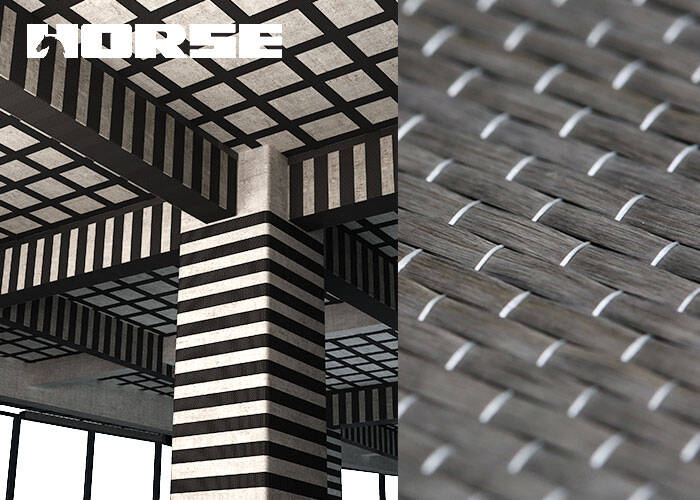Composite Fiber Reinforced Polymer (CFRP) is a modern strengthening technology that is rapidly gaining popularity in the construction industry. This innovative material is made of thin, flexible fibers embedded in a polymer matrix, and is designed to reinforce existing structures and extend their lifespan. CFRP is considered to be a sustainable and cost-effective technology due to its many benefits, which include high strength-to-weight ratio, ease of installation, and long-lasting durability.
One of the main benefits of CFRP is its high strength-to-weight ratio, which makes it an ideal solution for strengthening existing structures. Because CFRP is lightweight, it can be easily applied to existing structures without adding significant additional weight. This means that the structure’s foundation does not need to be strengthened or modified to accommodate the added weight. In addition, because CFRP is thin and flexible, it can be applied to complex shapes and curves, making it ideal for strengthening both concrete and steel structures.
CFRP is also an extremely durable material that can last for many years, making it an ideal solution for long-term strengthening projects. Unlike traditional reinforcement materials like steel, CFRP is not affected by corrosion or rust, which means it will not degrade over time. This increased durability means that structures that are reinforced with CFRP will be able to withstand the elements and maintain their strength for many years to come.
Another key benefit of CFRP is its ease of installation. Unlike traditional strengthening materials like steel, which require significant time and effort to install, CFRP can be applied quickly and easily. This is due to the fact that CFRP is lightweight and can be applied in thin layers, which means that installation can be completed more quickly and with less effort. This makes CFRP an ideal solution for emergency strengthening projects, as well as for regular maintenance and upgrades.
Finally, CFRP is a cost-effective technology compared to traditional reinforcement materials like steel. This is due to the fact that CFRP is lighter and easier to install, which means that the cost of labor and materials is reduced. In addition, because CFRP is a durable material that does not require regular maintenance or replacement, the long-term costs of owning a structure reinforced with CFRP are also lower compared to those of a structure reinforced with traditional materials.
In conclusion, CFRP is a modern, sustainable, and cost-effective technology that offers many benefits to the construction industry. Its high strength-to-weight ratio, ease of installation, and long-lasting durability make it an ideal solution for strengthening existing structures, while its cost-effectiveness compared to traditional materials like steel makes it a smart investment for both construction companies and property owners. If you are looking for a reliable and effective solution for strengthening your structures, consider using CFRP.
